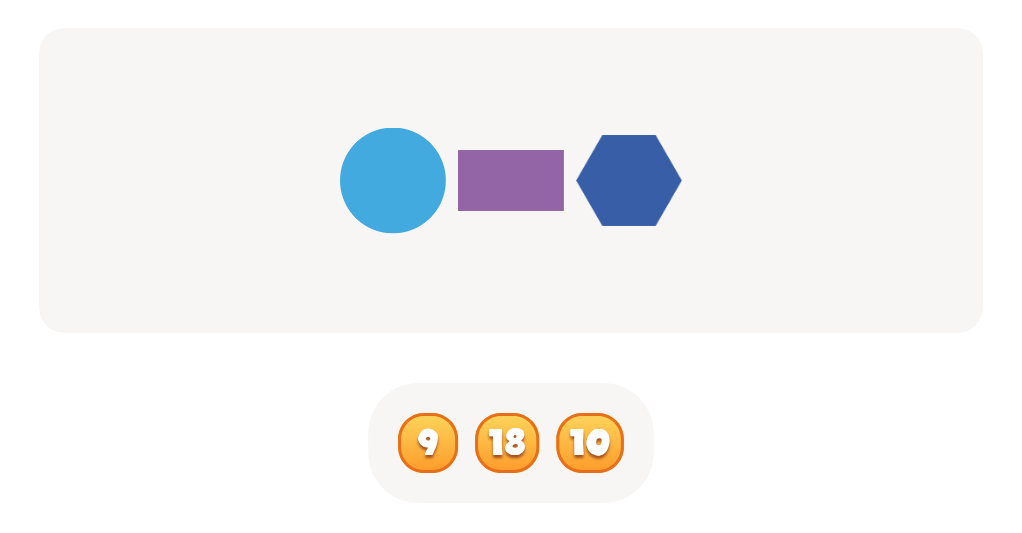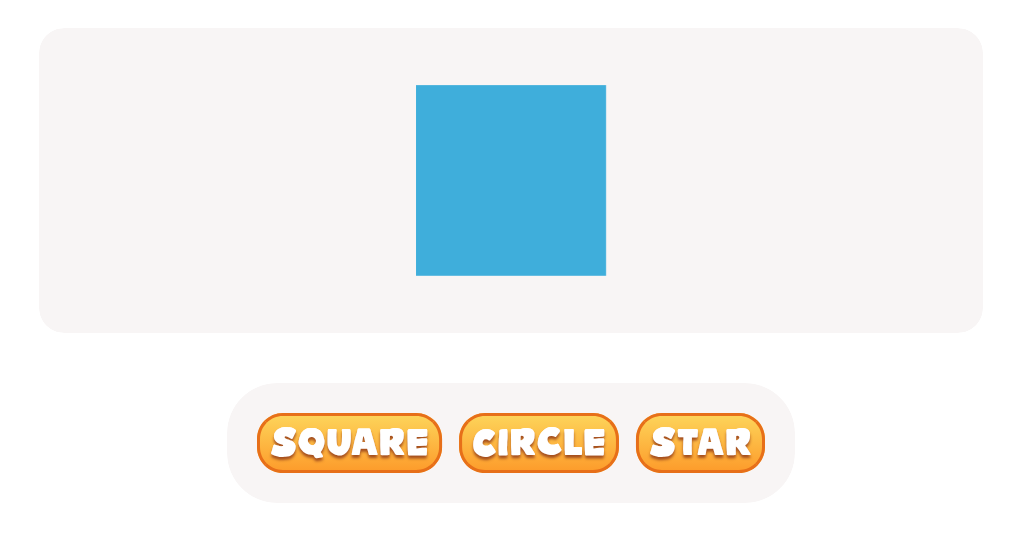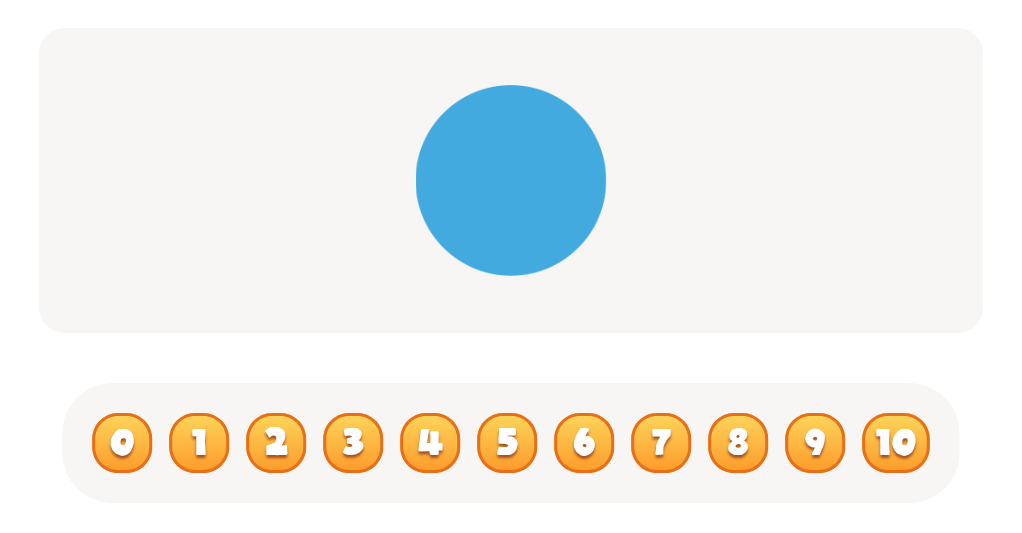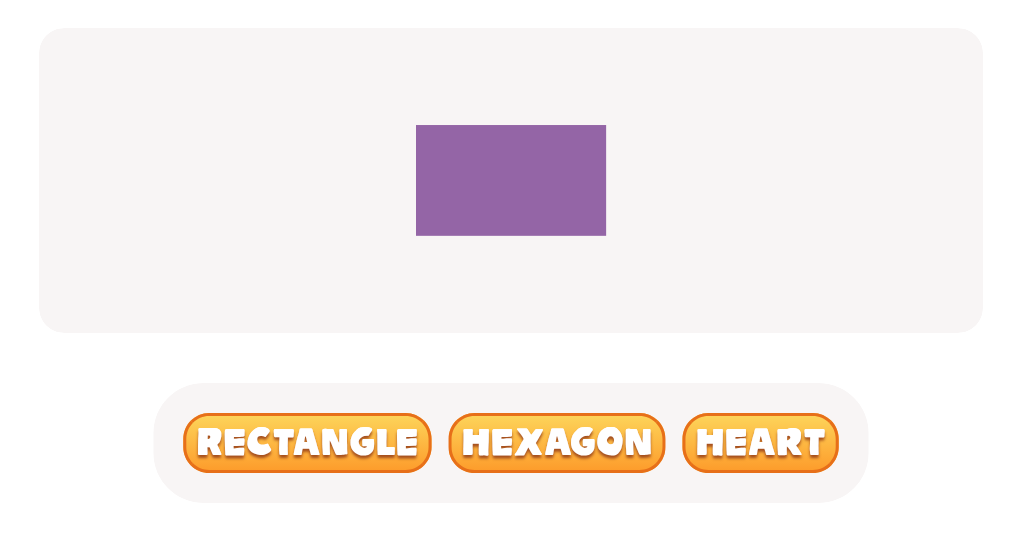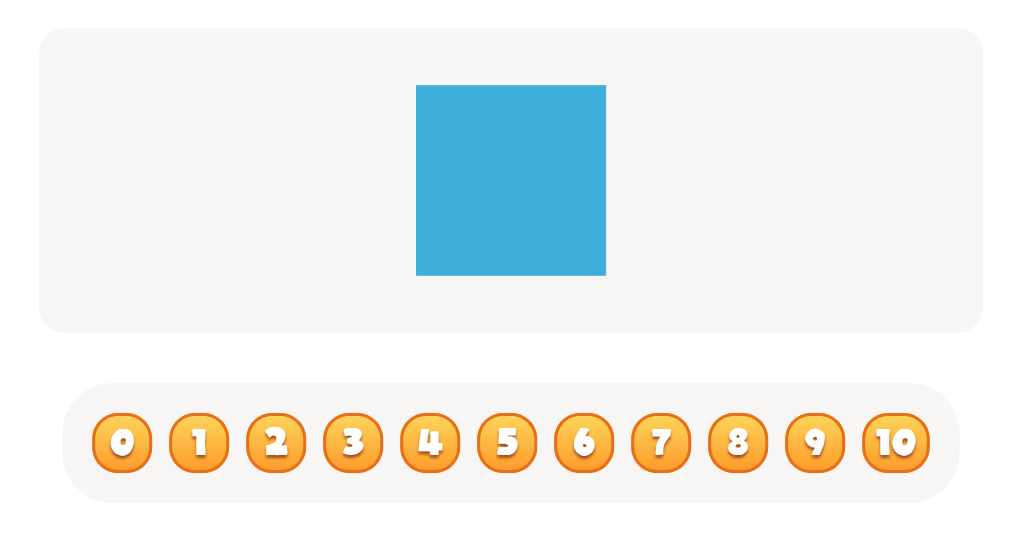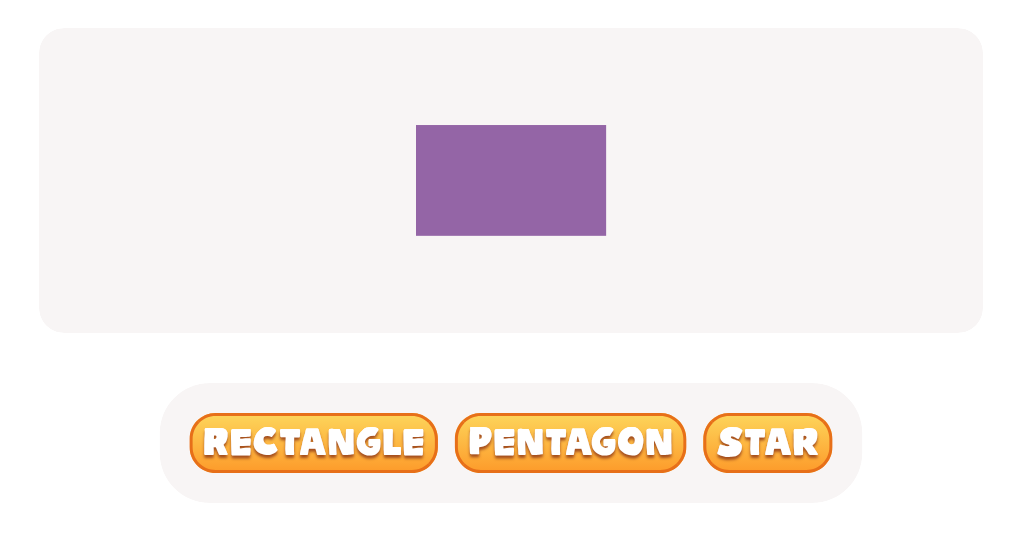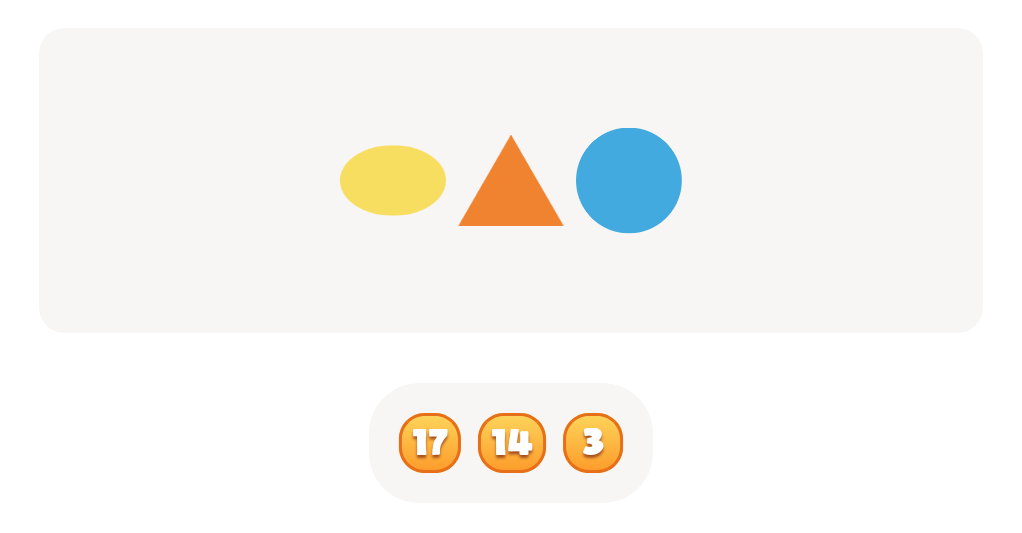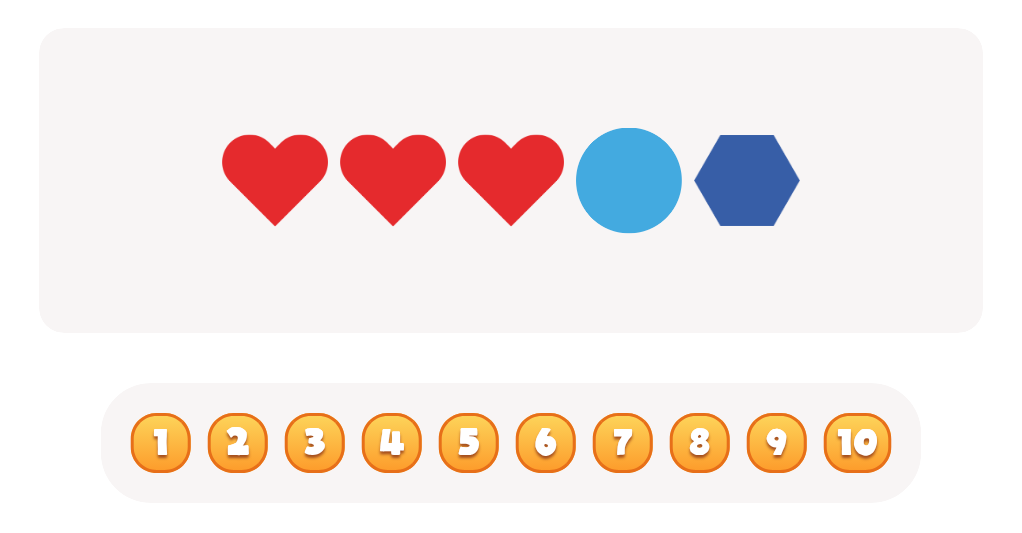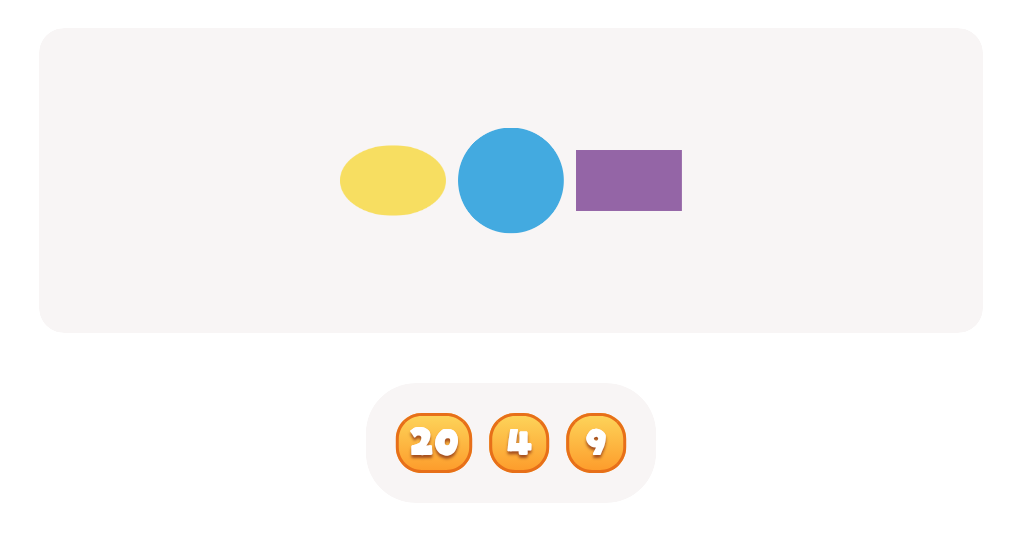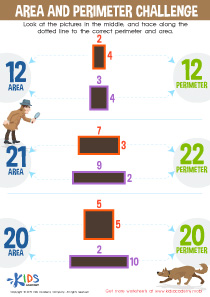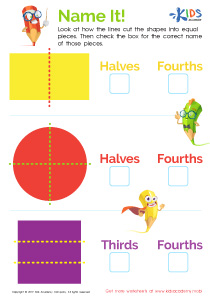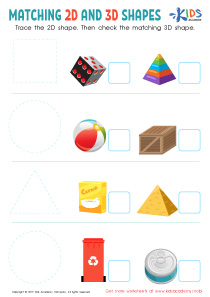Matching skills 2D Shapes Worksheets for Ages 4-9
5 filtered results
-
From - To
Explore our engaging Matching Skills 2D Shapes Worksheets tailored for children ages 4-9! These worksheets are designed to enhance critical thinking and shape recognition while making learning fun. Kids will enjoy matching various 2D shapes with their corresponding pictures and names, developing unmatched skills in geometry. Perfect for parents and educators aiming to support foundational math skills, these resources foster independent learning and boost confidence. With vibrant illustrations and kid-friendly activities, your child will be excited to discover the world of shapes. Download our worksheets today and watch your young learners connect with textures and dimensions like never before!
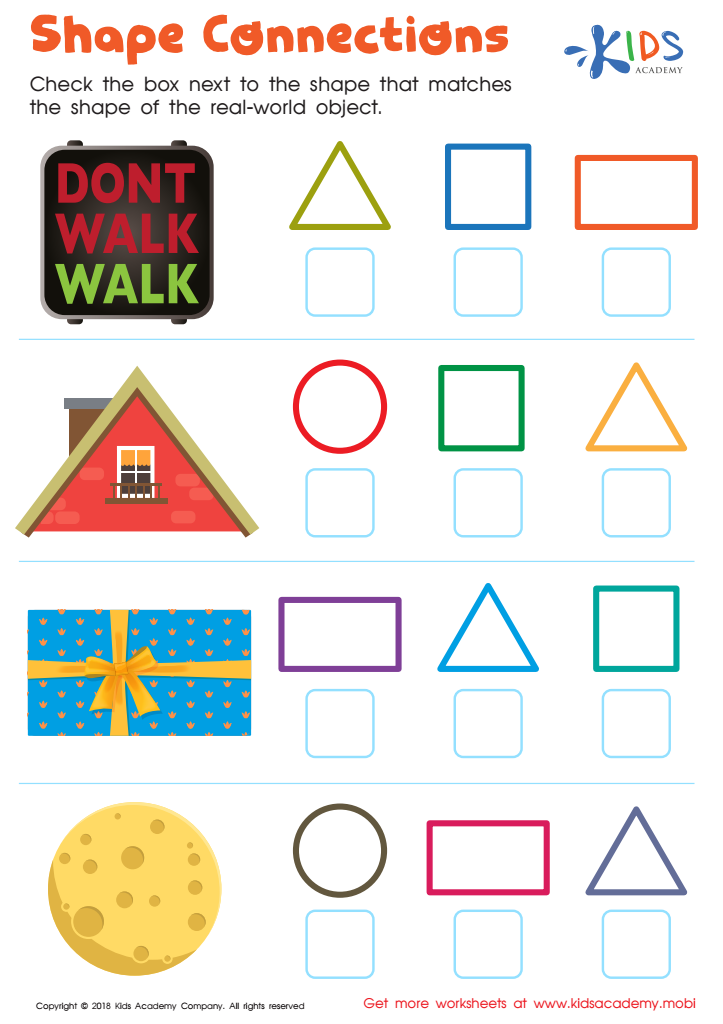

Shape Connections Worksheet
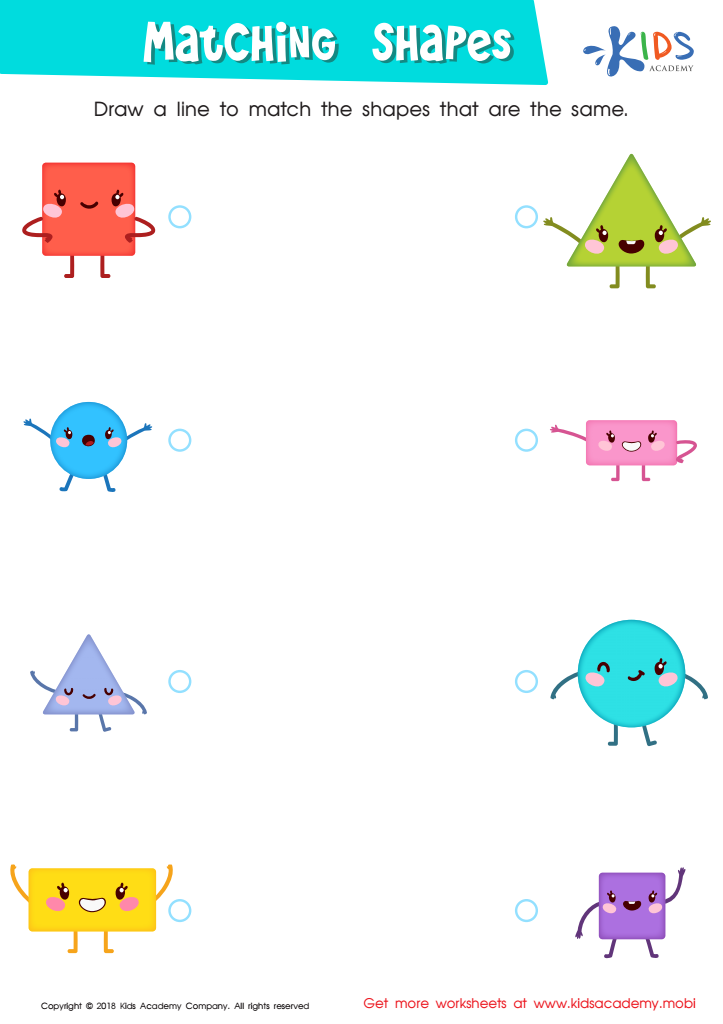

Matching Shapes Worksheet
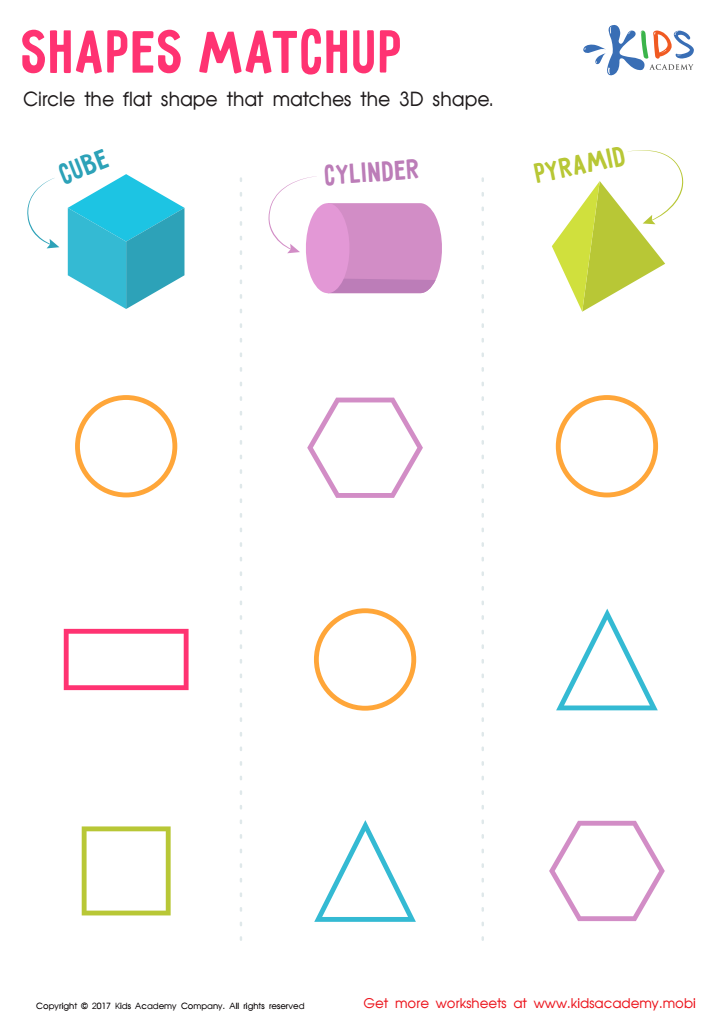

Shapes Matchup Worksheet


Shapes Worksheet
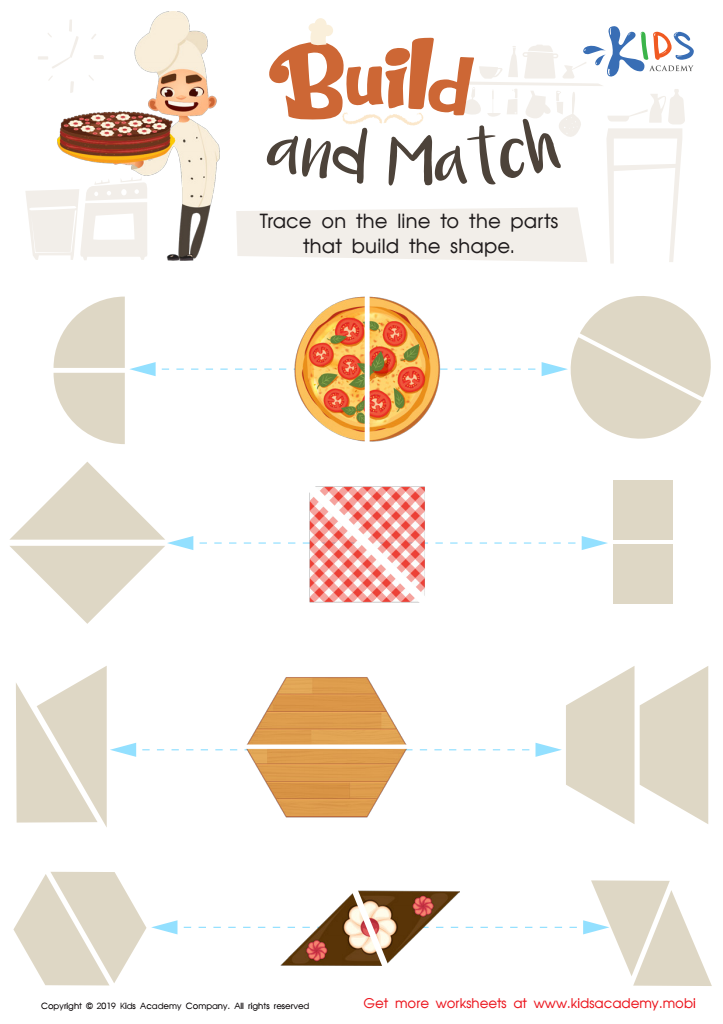

Build and Match Worksheet
Matching skills related to 2D shapes play a crucial role in early childhood development for children aged 4 to 9. Developing shape recognition skills fosters cognitive growth, enhancing children’s ability to categorize and differentiate between various objects in their environment. When children match shapes, they're also engaged in critical thinking and problem-solving, skills that are foundational for future learning in mathematics and geometry.
Additionally, shape matching promotes fine motor skills as children manipulate tangible objects, improving hand-eye coordination and dexterity. These activities stimulate sensory engagement and can enrich vocabulary as children describe shapes, colors, and sizes during play.
Socially, shape-matching activities can be conducted in pairs or small groups, encouraging collaboration and communication among peers. This not only strengthens social skills but also nurtures turn-taking and patience.
For parents and teachers, focusing on matching 2D shapes offers a playful avenue for creative teaching methods that can make learning enjoyable. By prioritizing these skills, caregivers help lay the groundwork for more complex concepts in math, while also fostering imaginative play, enhancing overall cognitive development, and contributing to a lifelong love of learning. Thus, understanding the importance of shape matching is essential for creating enriched educational experiences for young children.
 Assign to My Students
Assign to My Students
